Walkabout: C.B.J. Snyder: New York City’s Master School Builder
It’s School Week here on Brownstoner — a series of posts celebrating the start of the school year. I did not grow up in New York City, so I never had the opportunity to be educated in a school designed by the great Charles B.J. Snyder. But his influence on school architecture extended far beyond the city’s…
It’s School Week here on Brownstoner — a series of posts celebrating the start of the school year.
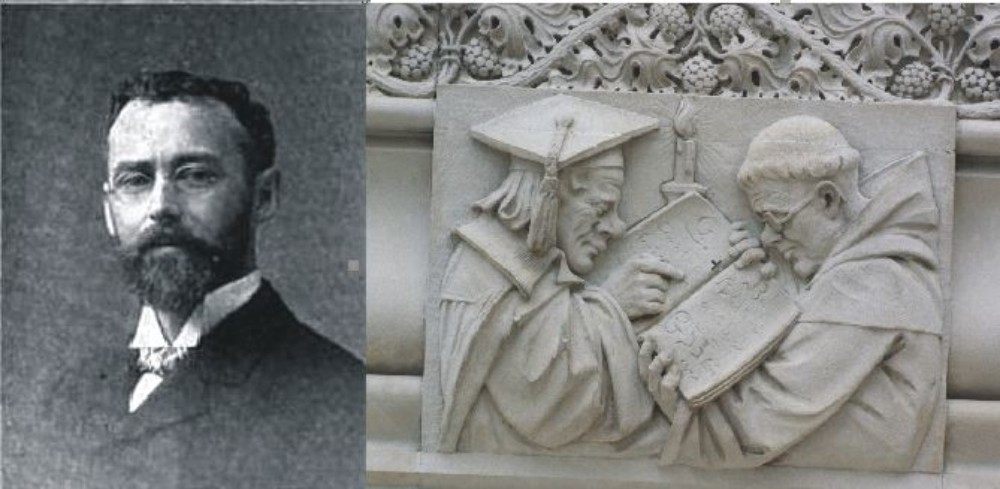
I did not grow up in New York City, so I never had the opportunity to be educated in a school designed by the great Charles B.J. Snyder. But his influence on school architecture extended far beyond the city’s borders, and my education was still affected by the innovations and principles he devised.
C.B.J. Snyder was born in 1860 and died in 1945. Between 1891 and 1897 he was the Superintendent of School Buildings for Manhattan and the Bronx, and after the creation of Greater New York in 1898, became the architect of all of the city’s schools until he retired in 1923.
Building at a Time of Great Growth in the City
Snyder was the school architect at the busiest time in New York City’s history. His predecessor only had to worry about Manhattan and the Bronx, but Snyder now had five boroughs’ schools under his wing.
He also took on this job just as the school population swelled with thousands of immigrant children, which overcrowded the schools. On top of that, new advances in education were being devised by the Board of Education, bringing vocational, technical and other specialized high schools into the mix with the city’s public schools.
The Board of Ed’s beancounters did not plan for large enough schools — or enough schools, period. Snyder had his hands full, both in keeping costs down and getting the most from what he was given.
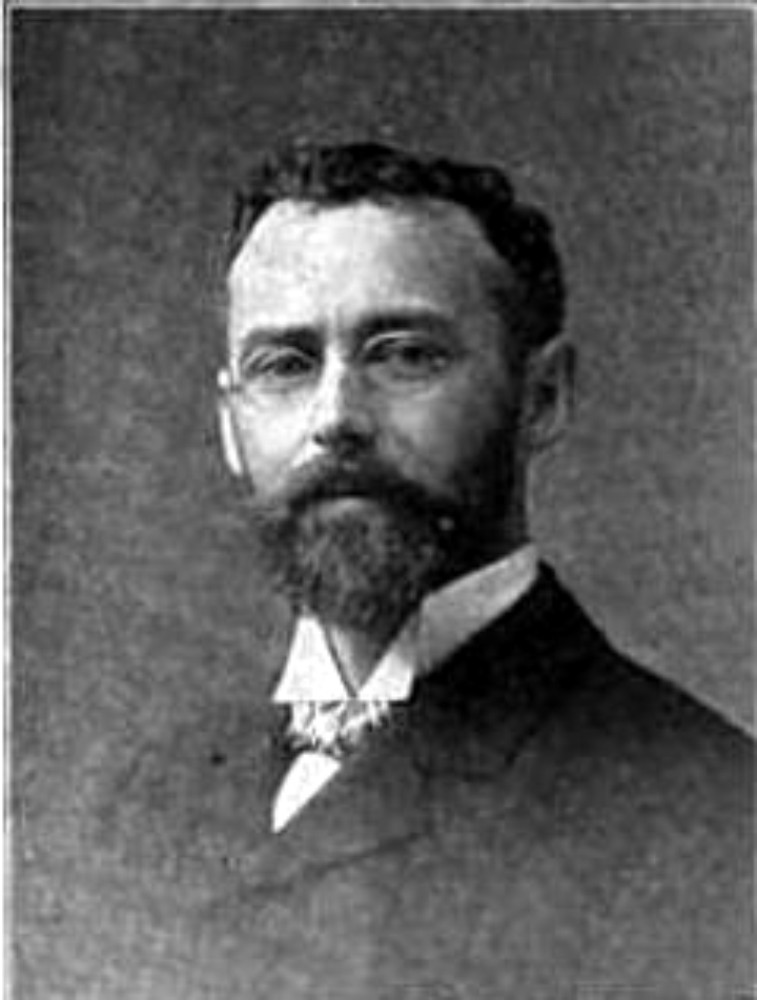
Photo via Find a Grave
The Link Between Architecture and Education
Snyder was part of a group of educators who realized that learning is best done in a favorable environment. Technology was his friend here, as new engineering advancements and materials had made reinforced concrete, steel beam construction and terra cotta firebrick underflooring available for building.
These advances allowed Snyder to design schools with walls of large windows that provided ample light and ventilation. The firebrick cut down on flammability and made for lighter but sturdy loads. His placement hallways led to improved traffic and ventilation, and on a practical level he built a lot of bathrooms in his schools.
His most innovative design was the H-shaped school. Land on the corner of a block was the most expensive, but had been desirable for schools because of the opportunity for windows. Snyder’s H-shaped buildings allowed for the same light, but in the interior of a block. The resulting schools had large front or back courtyards with wings that gave maximum light. They also looked impressive.
Beautiful Schools — An Aspirational Experience
The aesthetic quality Snyder gave his schools was very important, as architecture has always had a psychological component.
For city fathers and striving immigrants alike, Synder’s English Collegiate Gothic, Beaux-Arts, Jacobean and Dutch Colonial schools invoked wealth and success.
Imagine: a poor immigrant child could get an American education from a school that looked like Oxford University, or a rich man’s castle. What could be more inspiring?
After heading up 400 school buildings across the city and spending 32 years on the job, Snyder told the Board of Ed that he was exhausted and hadn’t had a vacation in 18 years. He retired on July 1, 1923.
Snyder died of carbon monoxide or natural gas poisoning in his home in Babylon, New York, in 1945. He was 85. His 51-year-old son died with him in this tragic accident.
He left behind one of NYC’s greatest architectural legacies. Here are just some of Brooklyn’s great Snyder schools. Follow the links for more detailed information.
Brooklyn Snyder Schools
899-925 Flatbush Avenue
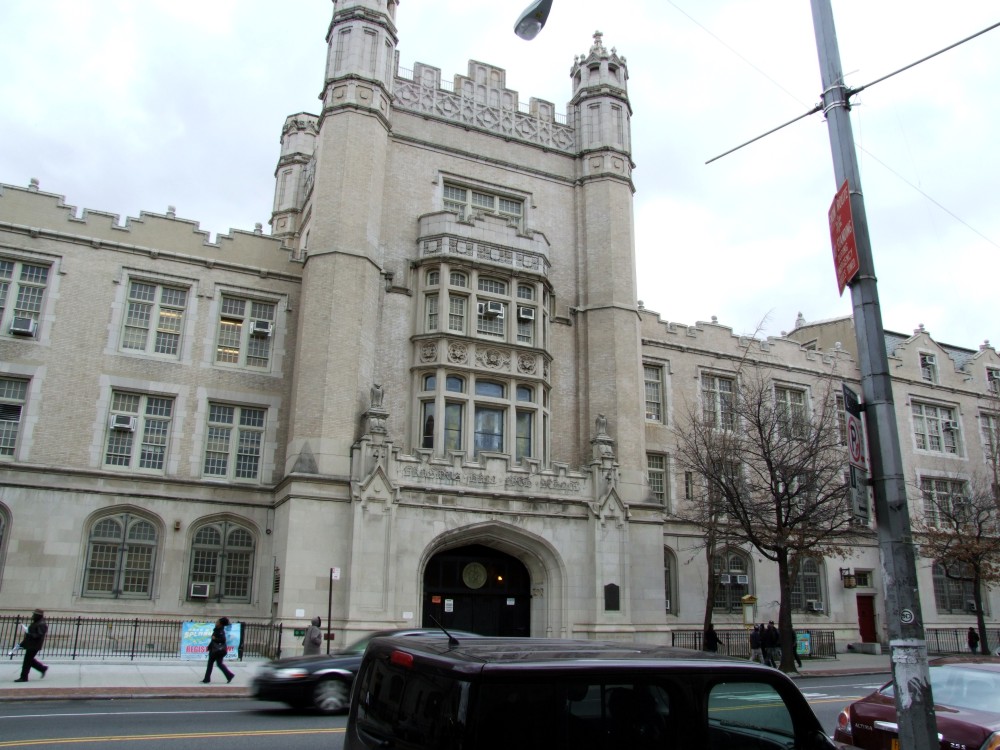
Photo by Suzanne Spellen
Erasmus Hall High School is Brooklyn’s most famous school. It is also arguably one of Snyder’s best. Boldly Collegiate Gothic in style, it surrounds Brooklyn’s oldest remaining school building – Erasmus Hall, built in 1787. This school was built in 1905-06, with later additions. Famous alumni include Barbra Streisand, Neil Diamond, opera star Beverly Sills and many others.
142-150 Albany Avenue
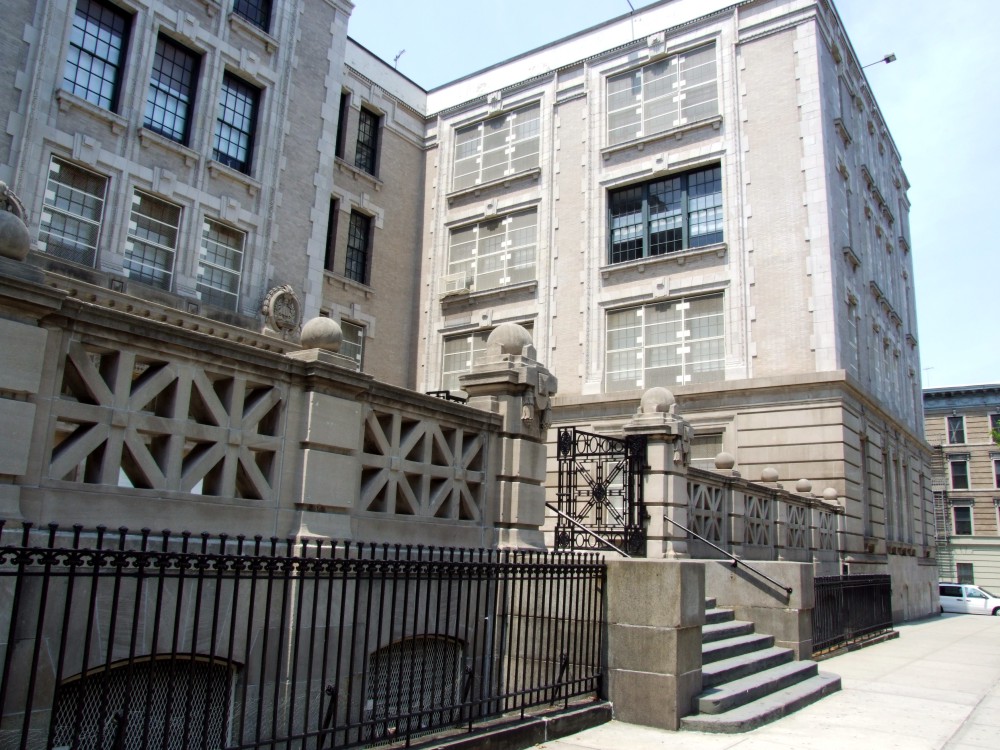
Photo by Suzanne Spellen
Originally the Commercial High School, this Crown Heights building was one of the city’s specialty high schools, training students to be secretaries, clerks, bookkeepers and the like. Like most of Snyder’s schools, this is an H-shaped school, designed in the Beaux-Arts style. The school was built in 1905, and was under construction at the same time as Erasmus.
237 7th Avenue
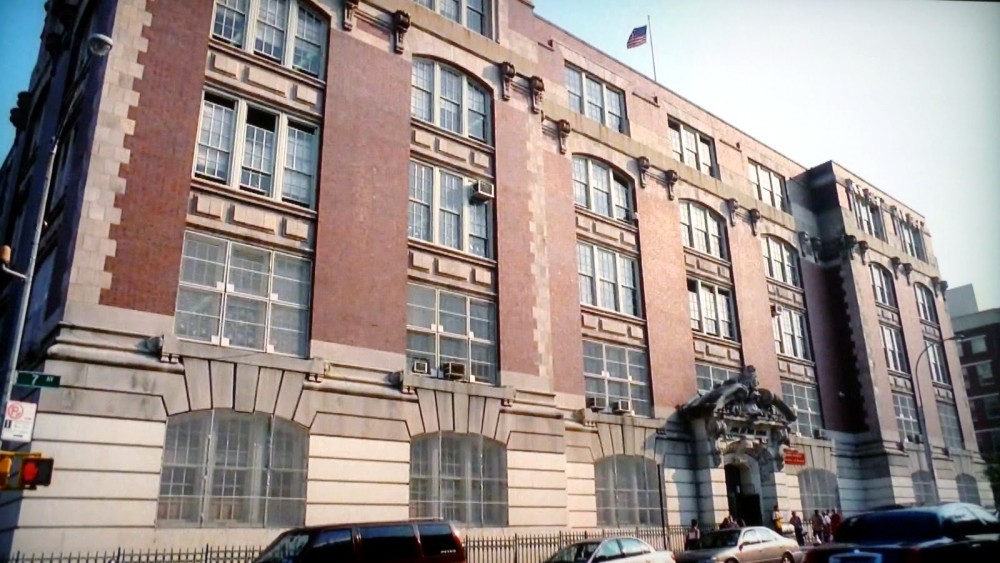
Photo via Here’s Park Slope
Known to most Brooklynites as the John Jay School, this was built in 1904 as the Manual Training School. Manual Training was seen as a middle ground between trade school and technical school. Students learned to “develop dexterity of both hand and mind.” This is another classic Snyder H-plan school, with the wings in the back. It’s a handsome, pared-down Beaux-Arts/Renaissance Revival style. It became John Jay High School in the 1960s and now holds several small DOE high schools and secondary schools.
227 Marcy Avenue
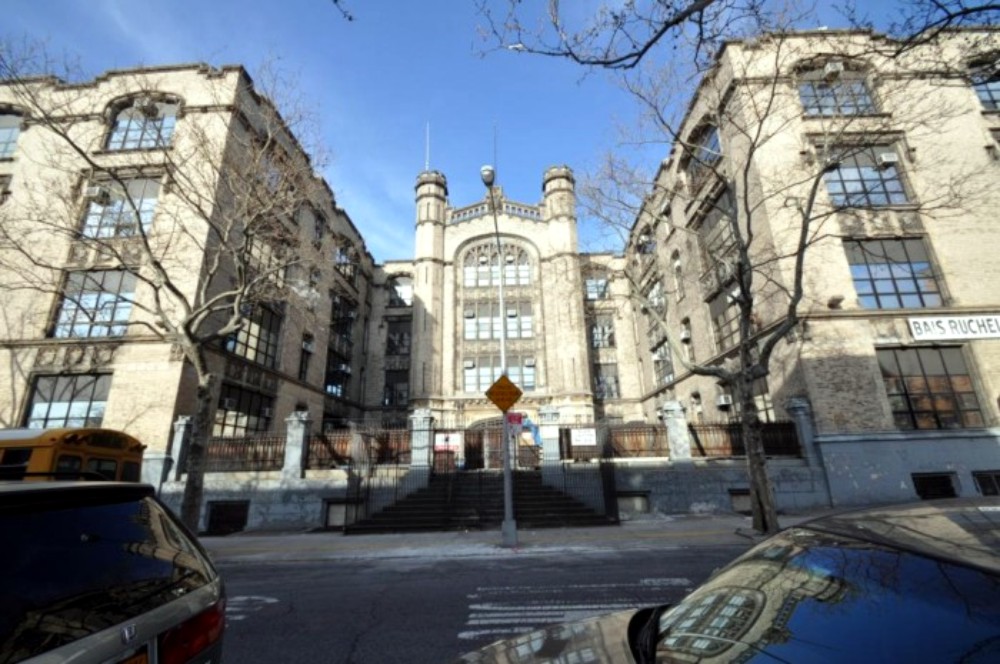
Photo by Christopher Bride for PropertyShark
This Snyder school was built in 1907-08 as the Eastern District High School. It is a fine example of Snyder’s H-plan schools, in the Collegiate Gothic Style. Barry Manilow graduated from here in 1964. It’s now the Satmar Bais Ruchel School for Girls.
285 Jay Street
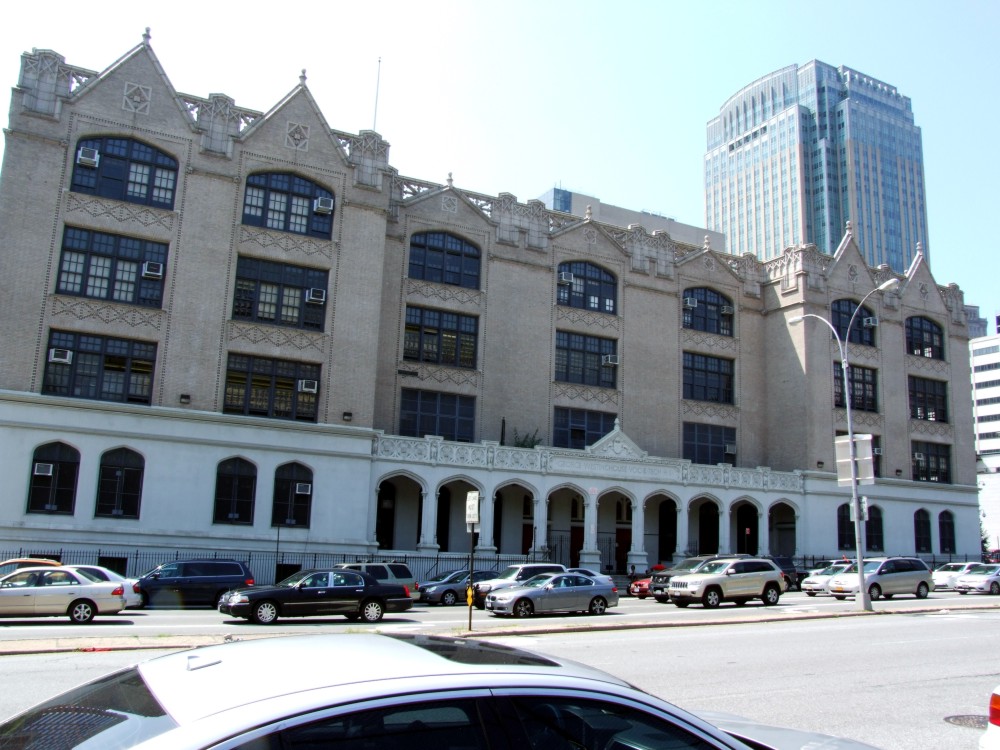
Photo by Suzanne Spellen
The George Westinghouse Vocational and Technical High School was built in 1910 in a bold English Collegiate Gothic style. Named after the pioneering electrical industrialist, this specialty high school was geared toward a student body pursuing careers in engineering and technology. More recently, the high school is famous for its hip-hop alumni: Busta Rhymes, DMZ, Notorious B.I.G. and Jay-Z.
760 Prospect Place, 783 Park Place
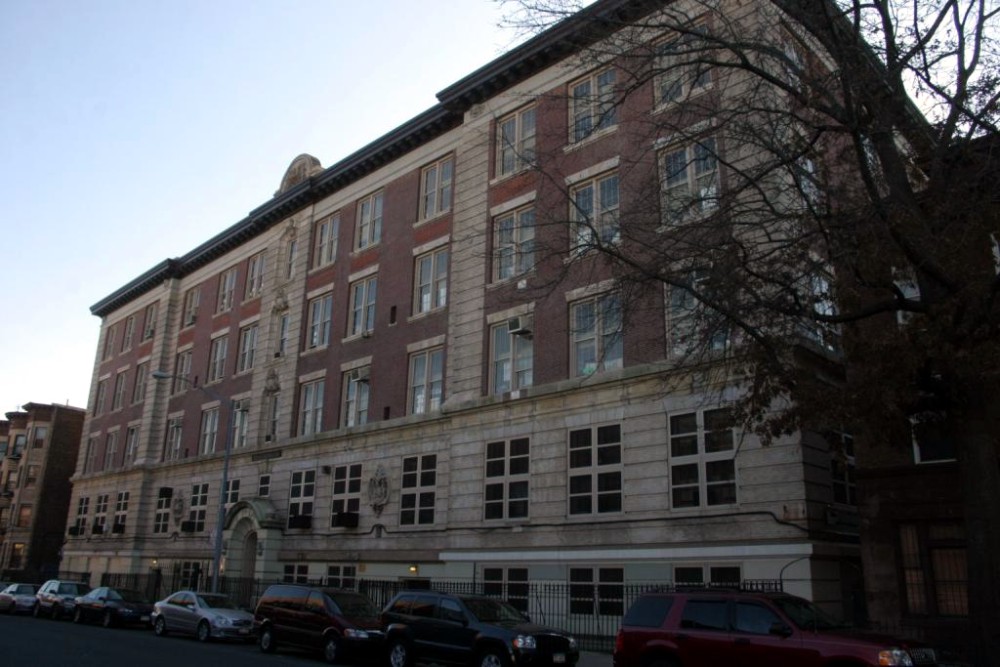
Photo by Greg Snodgrass for PropertyShark
The Brooklyn Training School for Teachers in Crown Heights was built in 1902-07 to provide an on-the-job training atmosphere for the aspiring elementary schoolteachers needed in an overcrowded school system. Here, Snyder’s H-shaped school served the purpose to connect the training school with a model school directly behind it. The post–high school program ended with the Depression, and the entire school became Public School 138.
Detail in top photo from Erasmus Hall High School.





Montrose, great job! I always enjoy seeing someone expound upon the accomplishments of CBJ Snyder. He was my GGF (great-grand-father)! Until the last decade or two it seemed that he was all but forgotten. But thanks to articles like this from you and others who appreciate his work, the world is getting to understand more the efforts of his team. I find myself unable now to travel through NYC any more, without pointing out many of the buildings under his purview to those who are with me!
am I correct in thinking that only one of these obvious landmarks is actually and NYC landmark?
Great post. There are also lots of beautiful examples of his work in Manhattan to marvel over 🙂
http://www.6sqft.com/going-back-to-school-with-c-b-j-snyder-a-look-at-the-architects-educational-design/